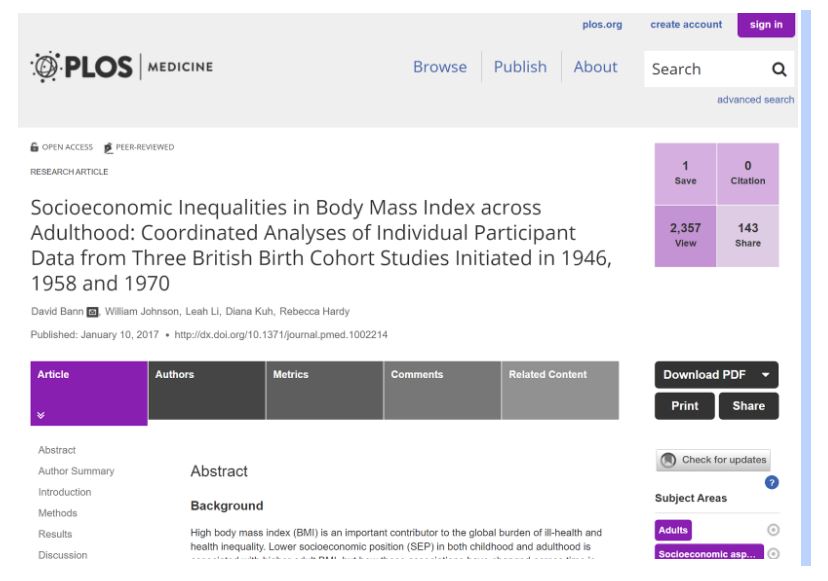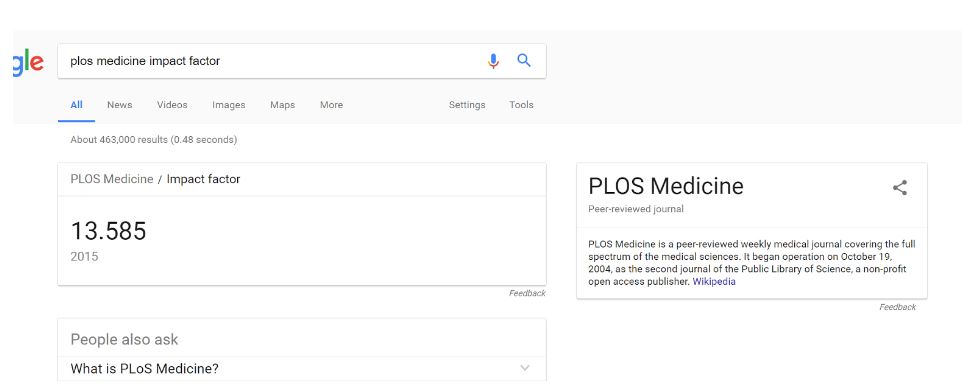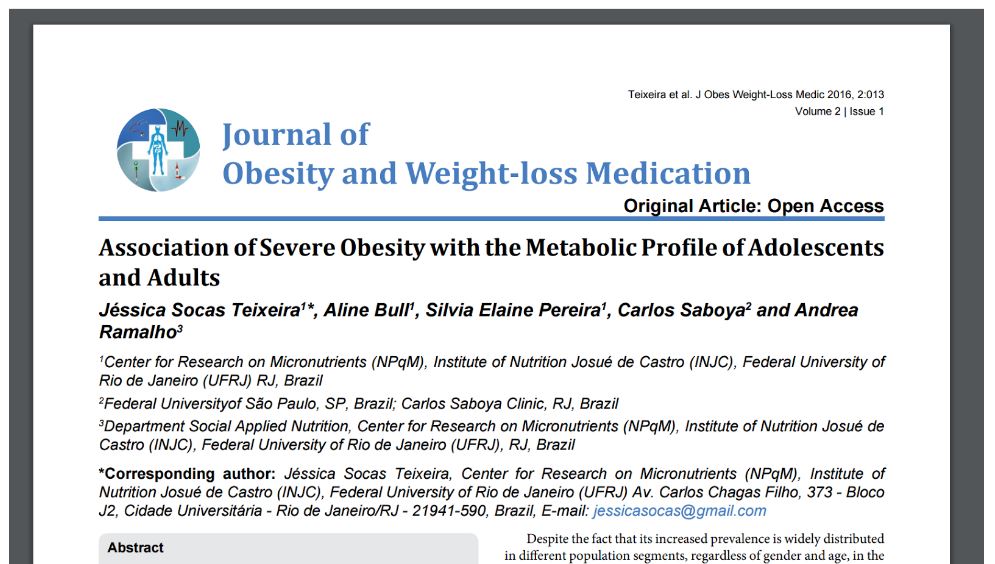4.11: Encontrar el factor de impacto de una revista
- Page ID
- 100925
Finding a Journal's Impact Factor
We mentioned earlier that our process is really one of elimination. In a world where information is plentiful, we can be a bit demanding about what counts as evidence. When it comes to research, one gating expectation can be that published academic research cited for a claim come from respected peer-reviewed journals.
Consider this journal:

Is it a journal that gives any authority to this article? Or is it just another web-based paper mill?
Our first check is to see what the “impact factor” of the journal is. This is a measure of the journal’s influence in the academic community. While a flawed metric for assessing the relative importance of journals, it is a useful tool for quickly identifying journals which are not part of a known circle of academic discourse, or which are not peer-reviewed.
We search Google for PLOS Medicine, and it pulls up an information card for us with an impact factor.

Impact factor can go into the 30s, but we’re using this as a quick elimination test, not a ranking, so we’re happy with anything over 1. We still have work to do on this article, but it’s worth keeping in the mix.
What about this one?

In this case we get a result with a link to this journal at the top, but no card, as there is no registered impact factor for this journal:

Again, we stress that the article here may be excellent — we don’t know. Likewise, there are occasionally articles published in the most prestigious journals that are pure junk. Be careful in your use of impact factor — a journal with an impact factor of 10 is not necessarily better than a journal with an impact factor of 3, especially if you are dealing with a niche subject.
But in a quick and dirty analysis we have to say that the PLOS Medicine article is more trustworthy than the Journal of Obesity and Weight-loss Medication article. In fact, if you were deciding whether to reshare a story in your feed and the evidence for the story came from this Obesity journal, I’d skip reposting it entirely.


